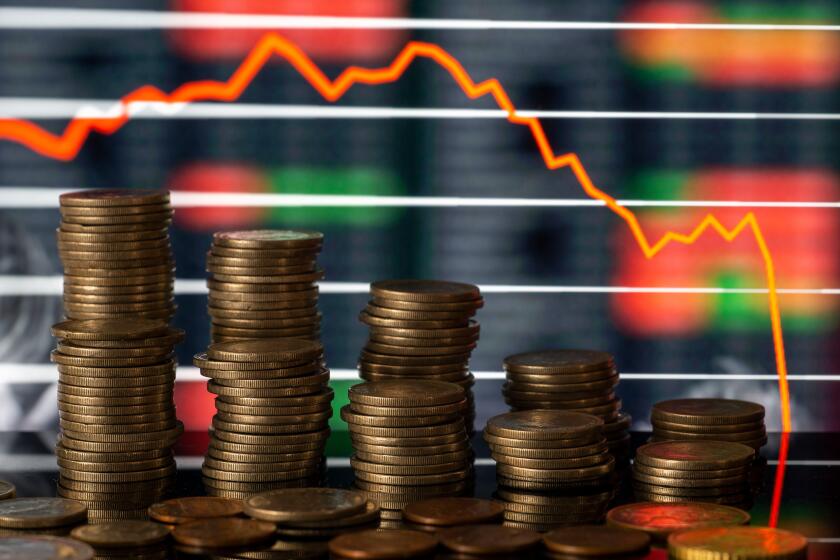The days of bumper deal flow in Asia’s capital markets appear to be over.
Over the past couple of months, a host of ECM and DCM transactions have either been put on hold or come to the market at a truncated size, as volatility reigns and talks emerge of the need to trim back large teams.
Heading into the second half of the year, the mood is set to get grimmer.
Primary capital market action across asset classes in Asia has taken a beating in 2022. Volumes for bonds, syndicated loans, mergers and acquisitions and IPOs have all tumbled so far this year.
Fee income for investment banks in Asia has dried up, and shares in newly listed firms (of which there are not that many) are trading below their debut IPO price. Borrowers brave enough to tap the bond markets have to offer a generous new issue premium to lure investors, while many of the regulars in the debt and equity markets have opted to defer their deals in the hope that sentiment will improve.
They may, however, be left waiting quite a while if recent developments are any indication of what’s to come in the rest of this year.
First there is the looming fear of recession in the US. Financial conditions are tight, consumers are experiencing a big negative sentiment shock, energy and food supply disruptions have worsened and the outlook for global growth has deteriorated. All these factors are likely to contribute to a downturn, which many analysts predict could begin in the fourth quarter of 2022.
Rising interest rates from the US Federal Reserve do not help, either, creating uncertainty among investors and issuers.
Asian currencies – especially the Indian rupee, the Indonesian rupiah and the Philippine peso – all came under pressure in June as inflation in the US hit the highest level in 40 years, prompting the Fed to respond.
The Sri Lankan government defaulted on its international debt for the first time in its history in May, while fellow south Asian sovereign Pakistan is turning to global multilateral lenders to stave off its own debt crisis.
Their plight has raised fears of more trouble brewing in Asia. The southeast Asian nation of Laos – which is also suffering from high inflation and a depreciation of its local currency, the kip – is regarded as the next candidate for a possible default.
The liquidity crunch in China’s property market, which began in September 2021, is still going strong, while Russia’s war in Ukraine, which is putting pressure on food and fuel prices and disrupting supply chains, shows no sign of ending. This month, Russia missed payments on its foreign debt, further roiling markets.
Many banks in Asia are feeling the heat as capital markets action dries up. Some investment banks, which had bolstered their franchises in recent years, are now considering trimming headcount. Others are moving staff from investment banking into other divisions temporarily.
Those who see opportunities now are the distressed debt investors: they are faring comparatively well, snapping up bargains in bonds and leveraged loans. Large private equity firms are raising billions for Asia Pacific funds, in the hope of finding distressed assets and special situation opportunities this year.
For now, that looks like a wise move. Because while the IPO pipeline, particularly in Hong Kong, is building up, it’ll be a while yet before sentiment bounces back. Until then, things will likely get worse before they get better.
